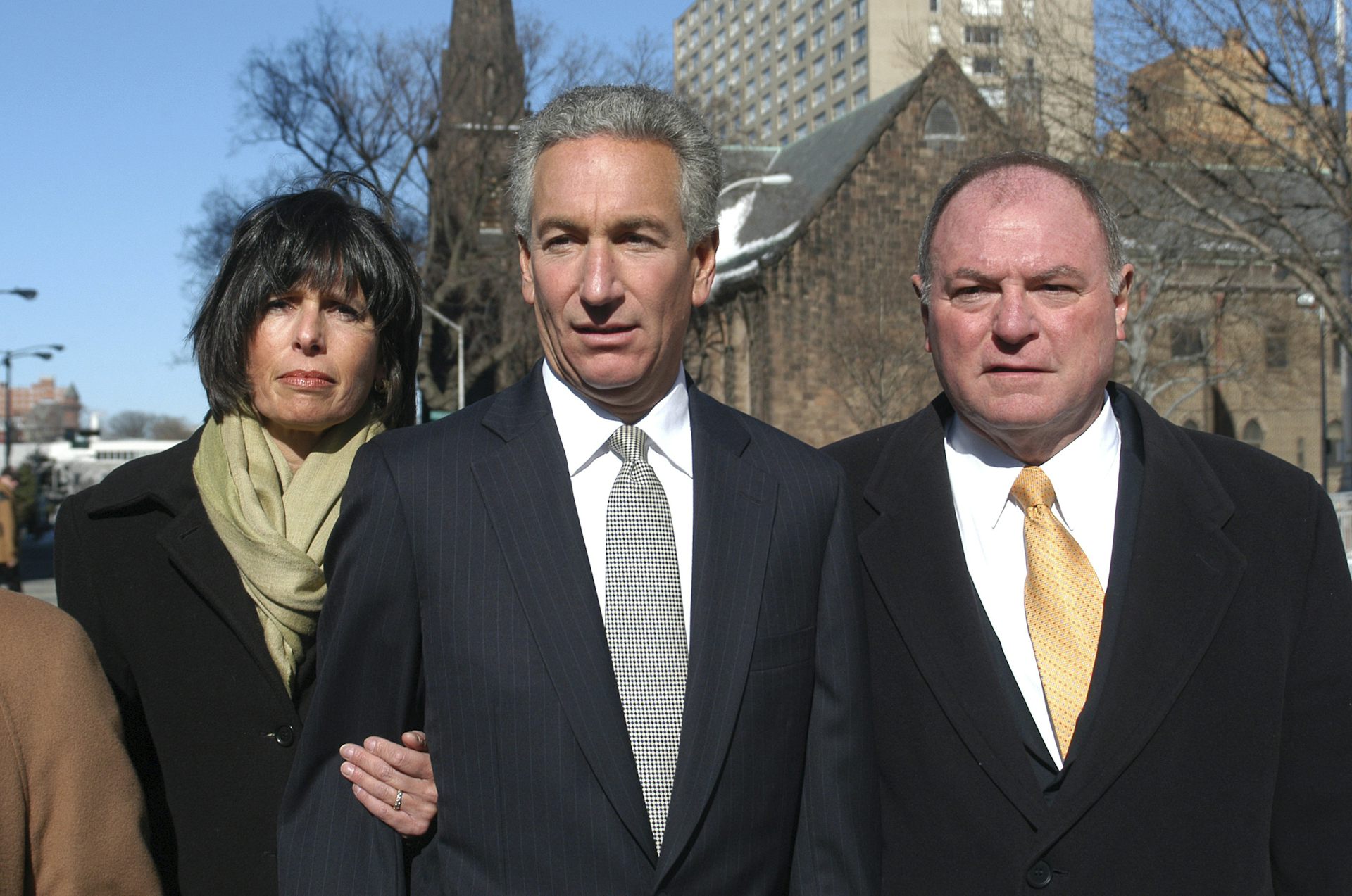Trump is changing student loan forgiveness rules – barring some public workers from getting relief,
A person with the average amount of student loans is paying nearly $300 a month, an amount that many people find difficult to meet.

The Trump administration has tried to upend many facets of American life, and many facets of higher education are no exception.
The Department of Education announced on Oct. 27, 2025, that it would resume canceling student loan debt for certain borrowers, after the government stopped this practice earlier in 2025.
The Trump administration also announced on Oct. 30 that it is planning to limit loan forgiveness eligibility for former students who work at nonprofit organizations and whose work has what the Trump administration calls a “substantial illegal purpose.” This means organizations that work with immigrants and transgender youth.
Amy Lieberman, education editor at The Conversation U.S., spoke with Jennifer L. Steele, a scholar of the economics of education, to understand the significance of these announcements and what student loan borrowers should know.

How big is the problem of student loan debt?
There is currently more than US$1.6 trillion of student loan debt in the United States. That number has been climbing dramatically over the past few decades. About 52% of federal loan borrowers are on track to repay their loans within 10 years.
It is difficult for some people to handle their debt levels, and they miss scheduled payments. This is especially true for people who didn’t finish their degrees or who attended for-profit colleges. It can also be challenging for people to repay their loans if they work in public service jobs that don’t pay a lot of money.
A person with an average amount of undergraduate federal student loan debt is paying about $299 a month over the course of the 10 years it typically takes to repay the loans. They could be paying considerably more if they have debt from graduate school, as well.
How do you qualify for student loan forgiveness?
Student loan forgiveness means that after people pay back their federal student loans for a certain number of years, the balance is forgiven by the Department of Education, which issues the loans.
There are two main kinds of forgiveness plans for federal student loans. There are income-driven repayment plans and public service loan forgiveness plans.
Income-driven repayment plans are used by people who do not earn enough money to easily meet the monthly payment on the standard 10-year repayment plan. In these cases, the Department of Education provides options that let you pay no more than 10% to 20% of your discretionary income toward your loans each month.
After the borrower makes the required monthly payments on time for 20 to 30 years, depending on the plan, the federal government will forgive any remaining balance.
It’s important to know that the amount you are being forgiven may be subject to income tax, as of 2026.
Borrowers who work full time for the federal, state, local or tribal government – including in schools and the military – can have their remaining debt forgiven after 10 years of monthly payments through public service loan forgiveness. This also applies to people working for nonprofit, nonpartisan organizations.
How are these standards on federal student loan forgiveness changing?
In March 2025, the Trump administration began slowing the public service loan forgiveness application process for some borrowers. It also vowed to scrutinize which public service employers qualify as nonprofit, nonpartisan groups.
The administration released new rules on Oct. 30 that will exclude borrowers from receiving new public service loan forgiveness credit if their employers are found to have a “substantial illegal purpose.” This includes organizations that provide support for undocumented immigrants, children who seek medical gender transitions, or for speech the administration deems to support terrorist, violent or discriminatory ideas. My research has shown that public service incentives help attract skilled workers to work for nonprofits and other organizations that try to help people. This shift may make it harder for organizations that help vulnerable communities to attract and retain staff.
Also in March, the Trump administration stopped processing applications for forgiveness under some income-dependent repayment plans, arguing that a recent court ruling that blocked a particular forgiveness plan initiated by then-President Joe Biden applied to other plans as well.
In response, the American Federation of Teachers filed a lawsuit in March demanding reinstatement of loan forgiveness for eligible borrowers.
In October, the American Federation of Teachers and the Trump administration reached a deal. Now, the Department of Education will resume processing student loan forgiveness applications for people who need financial help paying off the loans and for people who are public service workers. Still, public service workers might find that their work is now considered to have an “illegal purpose,” according to the White House, challenging their forgiveness.
They also agreed that loans eligible for tax-exempt forgiveness through 2025 will remain tax-exempt. In 2026, most student loan debt forgiveness will become taxable as income. There is an exception for public service workers and for former students who have been affected by college closures or fraud.
What does the new agreement mean for people who have student loans?
People who are already making monthly payments on existing federal student loans under income-driven repayment can continue to do so. People in a standard 10-year repayment plan who cannot afford their payments should know their income-driven repayment options and talk to their loan servicer if they wish to consider such a plan.
Also, beginning in 2026, the Education Department will offer a new kind of income-driven repayment plan called the repayment assistance plan. The department will begin phasing out some older income-driven plans in 2028.

How does this affect people considering going to college or graduate school?
If you are considering going to college or graduate school, it is important to know that lifetime federal debt limits for graduate degrees were reduced modestly by the tax breaks and spending cuts bill signed into law in July 2025. Lower federal debt limits decrease the amount of debt that borrowers can accrue.
People planning to go into public service with the expectation that their loans will be forgiven after 10 years should do so with modest caution. Public Service Loan Forgiveness was created by Congress to encourage public service careers, making it difficult to fully repeal. On the other hand, the Department of Education has discretion over which organizations count as public service employers, as the new Oct. 30 rules demonstrate. The department also has discretion over how easily and quickly it processes loan forgiveness applications.
Given the Trump administration’s public skepticism of not only Public Service Loan Forgiveness, but also public service employment in general, it is possible that it would continue to erode this incentive for public service workers.
Borrowers can help their case by annually certifying their employment with an eligible public service employer and by maintaining records of their loan’s eligibility, repayment plan and monthly payments. Because employers’ Public Service Loan Forgiveness eligibility may change under the administration’s Oct. 30 rules, borrowers should also stay up to date on the eligibility of their current or prospective employers.
Typically, taking on some debt to get a degree is not a bad investment. You just have to be careful with how much debt you are accumulating and whether it is reasonable given how much you expect to earn after you graduate. There are simple online tools that can help you decide whether the investment and potential debt burden are worthwhile.
Jennifer L. Steele does not work for, consult, own shares in or receive funding from any company or organization that would benefit from this article, and has disclosed no relevant affiliations beyond their academic appointment.
Read These Next
Chile elects most right-wing leader since Pinochet – in line with regional drift, domestic tendency
José Antonio Kast, who has run for the presidency several times, successfully seized on widespread…
Epstein’s victims deserve more attention than his ‘client list’
Powerful men connected to Jeffrey Epstein are named, dissected and speculated about. The survivors,…
The ‘one chatbot per child’ model for AI in classrooms conflicts with what research shows: Learning
AI tutors are often held up as an ideal, but prioritizing individualized teaching can detract from the…






